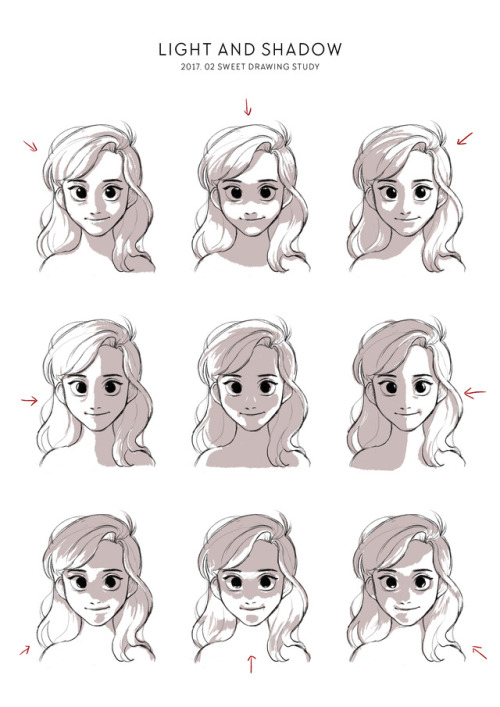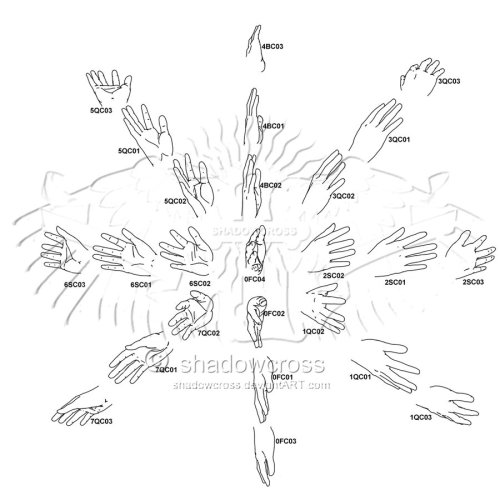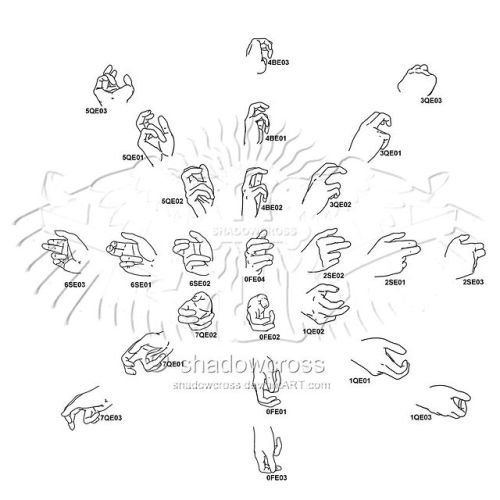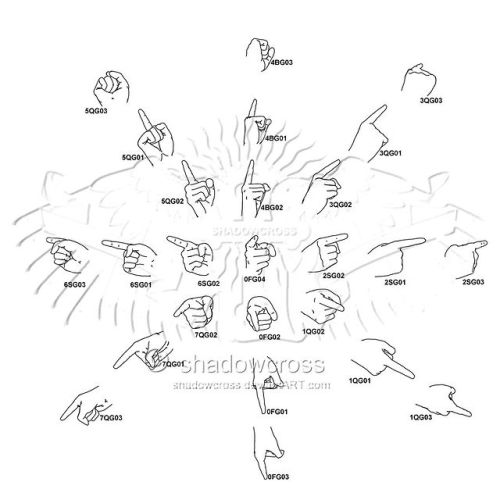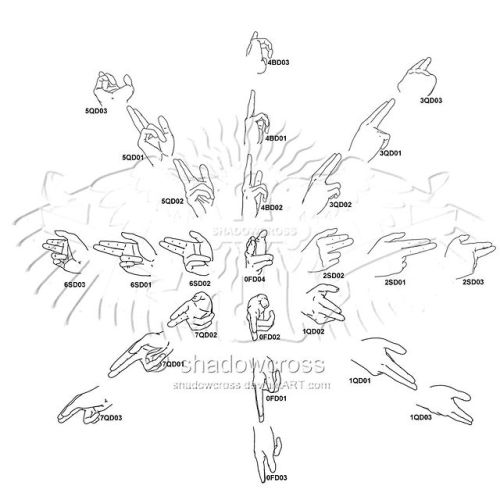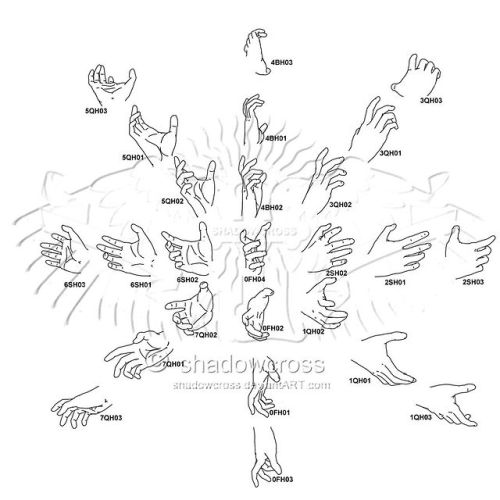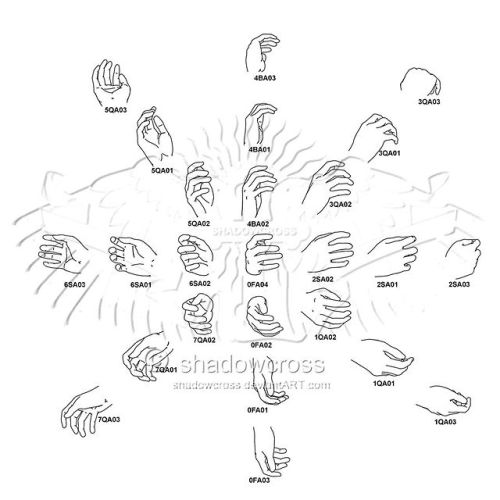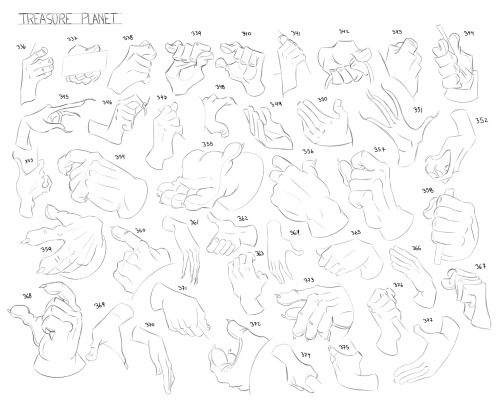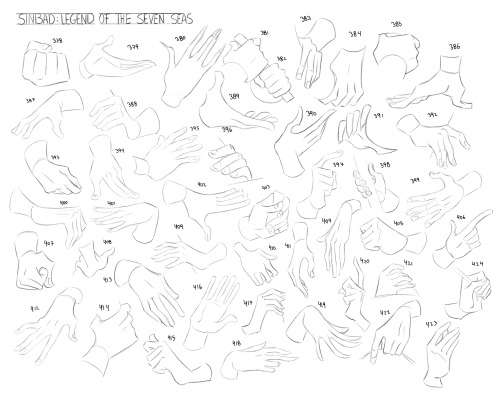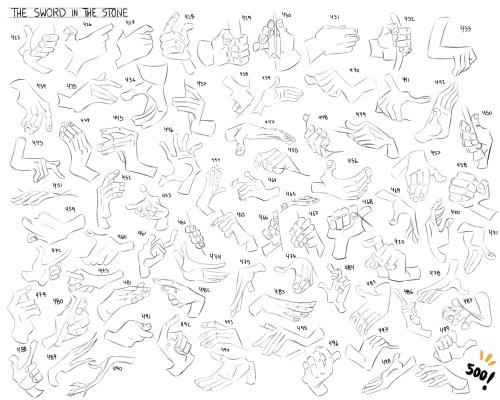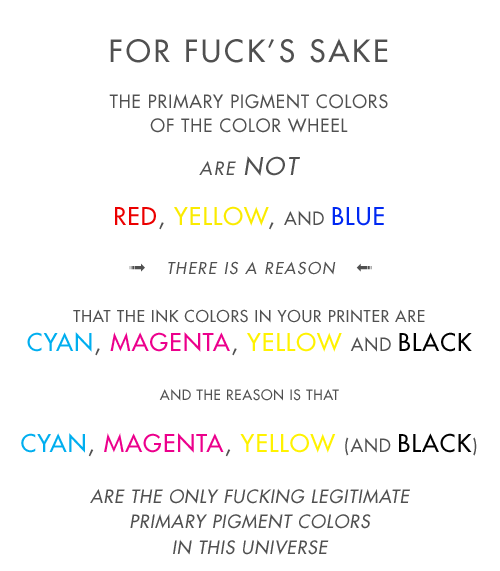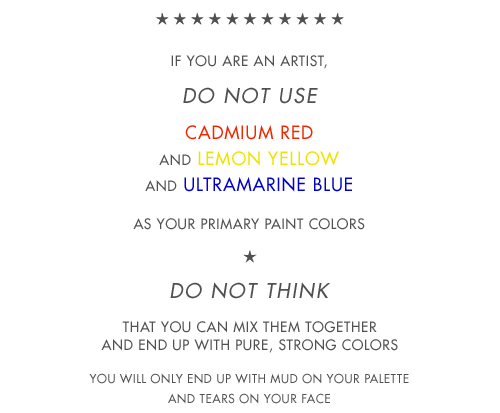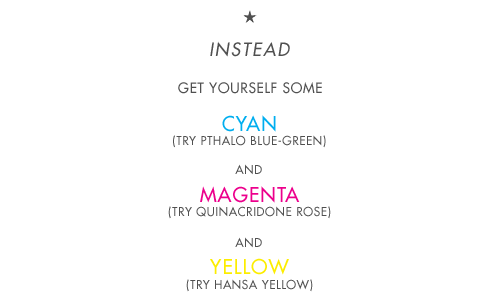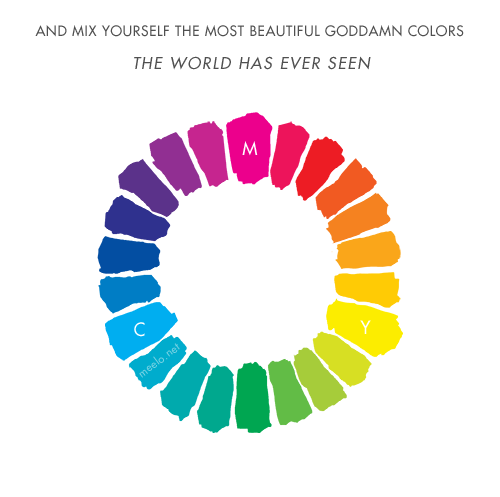Dildo Generator
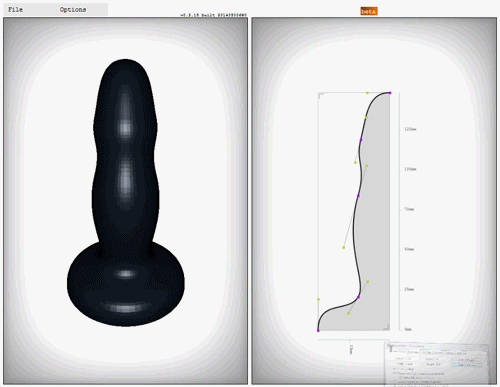

Dildo Generator
Online 3D experiment by Ikaros Kappler which is described as a “Extrusion/Revolution Generator” ….
Created with three.js, you can alter the bezier curves and angle of the form, and is designed with 3D printing in mind (models can be exported and saved, as well as calculated weight in silicone).
Try it out for yourself (if you wish) here
More Posts from Scrapbox-in-the-attic and Others
OK to make a font out of your own writing
go here
http://www.myscriptfont.com/
instead of printing it off just use this blank thing that way you dont have to scan it or anything
so fill that out by pasting it in any art program and whatnot
then save it and upload it to that site
and itll give you an option to download it
so do that and then install it BAM




























Character Art from "X-MEN: EVOLUTION" (2000 - 2003)


Dungeon Meshi - Profiles and Eyes Ryoko Kui https://nklerwjrejhshaasl.tumblr.com/


Prepping your print from file to finish: I always hear people complaining about how much better the piece looked digitally, SO, here is a run down on how to get prints that look more like your original piece. First of all, every printer is different. Every paper is different. Make sure you take the time to do test prints and become familiar with how your printer and paper combo work, as you’ll rarely nail a print your first try. This one took about 5 test prints before I was confident to print on the expensive large paper Every time I mess up on a print, I save the remaining paper to use as scraps for test prints. As you can see, the original piece looks very nice! The focus is super strongly on the tiger, and all of the vibrant colors are still super evident in the background. That said, when I print it as is, everything about 85% gray or darker turns BLACK. And this is high quality paper designed to get accurate vibrant colors, too. The best way to fix this is to do layer effects. Brightness/contrast is my favorite, as a typical piece will generally print about 5x better if you up the brightness to around 15-25, and adjust the contrast up or down by 5-10 points. That said, if you have a HIGH contrast piece (Darks against brights) like this one, you typically need to do a few more steps. Often I’ll do a second brightness/contrast adjustment layer and push brightness to an obnoxious level so the darkest darks are closer to a mid-dark range. From there, I’ll create a mask and use a transparent gradient tool to slowly pull back the brightness on all of the lighter areas of the image. Additionally, due to printers using CMYK and your screen being RBG certain colors just physically CANNOT print. Some people will always work in CMYK because of this, but honestly I like my saturated colors and most of my work is intended to be seen digitally so I only ever work in RGB. Photoshop has a nifty toggle (Ctrl + Y) where you can toggle between CMYK and RGB view to see how your piece will appear when it prints. It’s useful to check this because if you worked in a color that cannot replicate in print, you may want to shift it entirely before you even bother printing. Artwork tends to desaturate a bit as it prints, so I’ll often make a Hue/saturation layer to play with, too. In this case the image was already pretty damn saturated, BUT some of the shadows on the tiger were printing more brown than orange, so I adjusted the saturation a bit to keep them vibrant with the rest of the image. **DO NOT use “Lightness” to lighten your image! It basically adds a white overlay to your image. Always use Brightness, instead. After all of that, I have a final print that much more closely captures the essence of the original painting. I could have tinkered even more, but to me the goal is a good print rather than an exact copy. For ULTRA high contrast images, like a dark room looking out into a snowy exterior, expect to do a LOT of adjustment to get it to print correctly. Printers just aren’t too fond of super darks right up against super lights. I could make a proper tutorial on this if people request it. Mostly, just wanted to put my thoughts down in one spot!
-
 throughdarkeningskies reblogged this · 1 week ago
throughdarkeningskies reblogged this · 1 week ago -
 forgetful-geometry reblogged this · 1 week ago
forgetful-geometry reblogged this · 1 week ago -
 forgetful-geometry liked this · 1 week ago
forgetful-geometry liked this · 1 week ago -
 mightymegatron liked this · 1 week ago
mightymegatron liked this · 1 week ago -
 catwhoisawizard reblogged this · 1 week ago
catwhoisawizard reblogged this · 1 week ago -
 catwhoisawizard liked this · 1 week ago
catwhoisawizard liked this · 1 week ago -
 sonohtigris reblogged this · 1 week ago
sonohtigris reblogged this · 1 week ago -
 madmud2730 reblogged this · 1 week ago
madmud2730 reblogged this · 1 week ago -
 xhabrls liked this · 2 weeks ago
xhabrls liked this · 2 weeks ago -
 doctorxtardisotp reblogged this · 2 weeks ago
doctorxtardisotp reblogged this · 2 weeks ago -
 evquadebf reblogged this · 2 weeks ago
evquadebf reblogged this · 2 weeks ago -
 aristegorilla reblogged this · 2 weeks ago
aristegorilla reblogged this · 2 weeks ago -
 shollenghost liked this · 2 weeks ago
shollenghost liked this · 2 weeks ago -
 nycuu reblogged this · 2 weeks ago
nycuu reblogged this · 2 weeks ago -
 antoniosos reblogged this · 2 weeks ago
antoniosos reblogged this · 2 weeks ago -
 antoniosos reblogged this · 2 weeks ago
antoniosos reblogged this · 2 weeks ago -
 owo-mochji reblogged this · 2 weeks ago
owo-mochji reblogged this · 2 weeks ago -
 exaldran-empire-archives reblogged this · 2 weeks ago
exaldran-empire-archives reblogged this · 2 weeks ago -
 ndlssvd liked this · 2 weeks ago
ndlssvd liked this · 2 weeks ago -
 lightlistenerwindwatcher liked this · 2 weeks ago
lightlistenerwindwatcher liked this · 2 weeks ago -
 mica5fowl reblogged this · 2 weeks ago
mica5fowl reblogged this · 2 weeks ago -
 agape-emo-eros reblogged this · 2 weeks ago
agape-emo-eros reblogged this · 2 weeks ago -
 agape-emo-eros liked this · 2 weeks ago
agape-emo-eros liked this · 2 weeks ago -
 novatheassholeofacat liked this · 3 weeks ago
novatheassholeofacat liked this · 3 weeks ago -
 andthelaw reblogged this · 3 weeks ago
andthelaw reblogged this · 3 weeks ago -
 siylix liked this · 3 weeks ago
siylix liked this · 3 weeks ago -
 polishbarnowl reblogged this · 3 weeks ago
polishbarnowl reblogged this · 3 weeks ago -
 xxgalaxygabxx reblogged this · 3 weeks ago
xxgalaxygabxx reblogged this · 3 weeks ago -
 cacio-e-pepe-eater liked this · 3 weeks ago
cacio-e-pepe-eater liked this · 3 weeks ago -
 deadboysradio liked this · 3 weeks ago
deadboysradio liked this · 3 weeks ago -
 jesterisajoke reblogged this · 3 weeks ago
jesterisajoke reblogged this · 3 weeks ago -
 tearueful reblogged this · 3 weeks ago
tearueful reblogged this · 3 weeks ago -
 welcome-home-official reblogged this · 3 weeks ago
welcome-home-official reblogged this · 3 weeks ago -
 nyxienova reblogged this · 3 weeks ago
nyxienova reblogged this · 3 weeks ago -
 crisiscabbage reblogged this · 3 weeks ago
crisiscabbage reblogged this · 3 weeks ago -
 the-eyes-of-andyserkis liked this · 3 weeks ago
the-eyes-of-andyserkis liked this · 3 weeks ago -
 tearueful reblogged this · 3 weeks ago
tearueful reblogged this · 3 weeks ago -
 shotsofnovacaine liked this · 3 weeks ago
shotsofnovacaine liked this · 3 weeks ago -
 alokiasaltwater liked this · 4 weeks ago
alokiasaltwater liked this · 4 weeks ago -
 endsour reblogged this · 4 weeks ago
endsour reblogged this · 4 weeks ago -
 the-spoon-fairy reblogged this · 1 month ago
the-spoon-fairy reblogged this · 1 month ago -
 baconmancr reblogged this · 1 month ago
baconmancr reblogged this · 1 month ago -
 silliest-moth liked this · 1 month ago
silliest-moth liked this · 1 month ago -
 catalyticgenesis reblogged this · 1 month ago
catalyticgenesis reblogged this · 1 month ago -
 hooks4ndplans liked this · 1 month ago
hooks4ndplans liked this · 1 month ago -
 nerdy-chaos reblogged this · 1 month ago
nerdy-chaos reblogged this · 1 month ago -
 achromic-red-dreams-doze-angrily reblogged this · 1 month ago
achromic-red-dreams-doze-angrily reblogged this · 1 month ago -
 the-13th-kingdom liked this · 1 month ago
the-13th-kingdom liked this · 1 month ago -
 neppuneppu reblogged this · 1 month ago
neppuneppu reblogged this · 1 month ago -
 salem4 reblogged this · 1 month ago
salem4 reblogged this · 1 month ago
